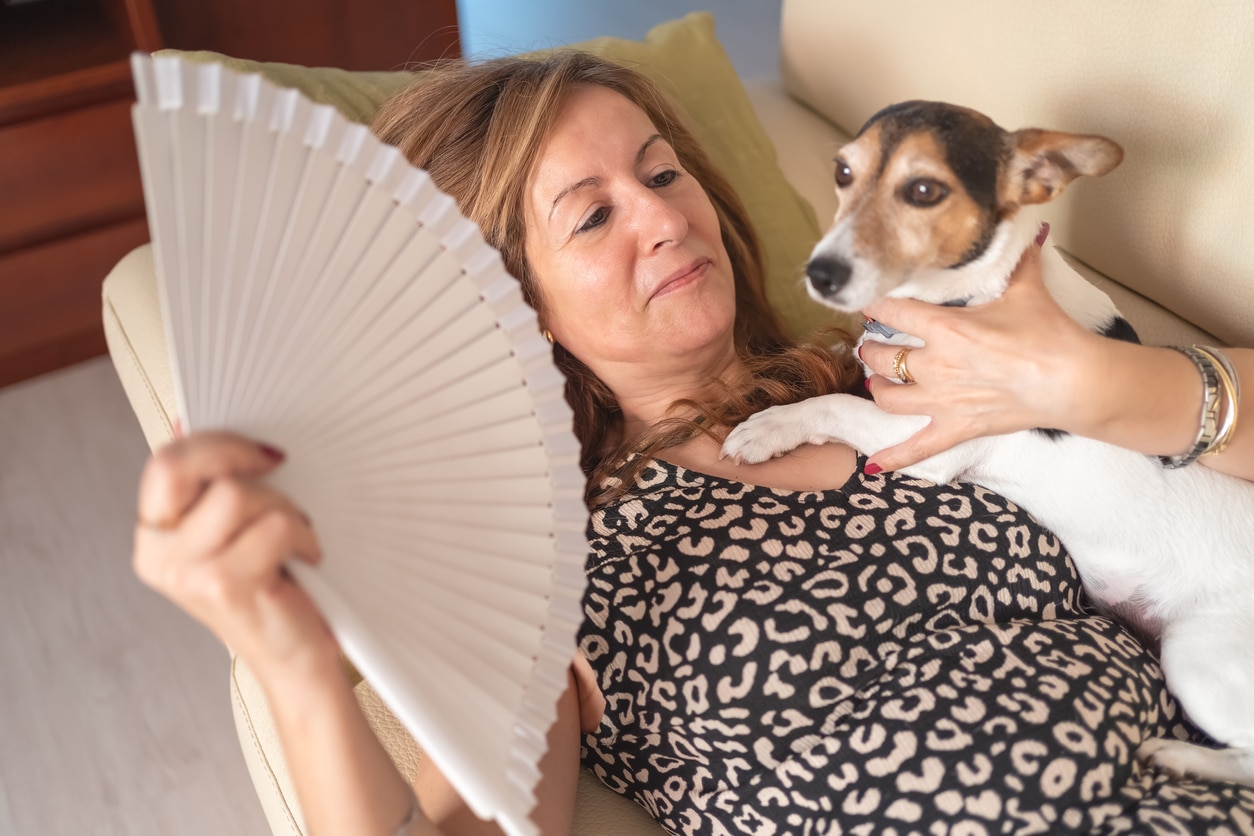
Is your air conditioner operating at full capacity? And if it is, then why isn’t your home as cool and as comfortable as you might expect? Every air conditioner has a fixed capacity to generate a specific amount of cool comfort in a particular home. If the unit can’t maintain a comfortable indoor temperature, however, the air conditioner may not be producing its full capacity of coolness. Here are some possible reasons why:
Your unit’s BTU capacity and your house don’t match.
It’s a matter of size. In this case, “sizing” refers to matching an air conditioner’s BTU capacity — the fixed amount of BTUs of heat the unit can extract from the house over a specified time — to the home’s square footage. The BTU rating for a specific make and model of air conditioner is fixed. Therefore, if the square footage of the home is too large for a specific unit’s BTU rating, the air conditioner’s cooling performance will be insufficient to support adequate indoor comfort.
Existing issues in the house.
Air leakage around doors and windows, as well as other structural gaps, can allow hot outdoor air to infiltrate the house. Gaps and openings in ceilings can cause air from a hot attic to enter living spaces as well. These factors, as well as inadequate insulation and loss of cool air from leaky HVAC ducts can reduce AC cooling capacity. Other variables like the number of windows and daily exposure to sun are also considered.
The air conditioner is not properly maintained.
An air conditioner may be underperforming and not achieving its full capacity for cooling due to lack of upkeep. This could be something as simple as a clogged air filter strangling the flow of cool air through the system or dirty AC coils that need professional cleaning. Or, it could be due to more complex issues such as low refrigerant due to leakage somewhere in the system or wear and tear on critical components such as the AC compressor.
For more about the factors that affect the full capacity performance of your air conditioner, talk to the pros at Jackson & Sons.

